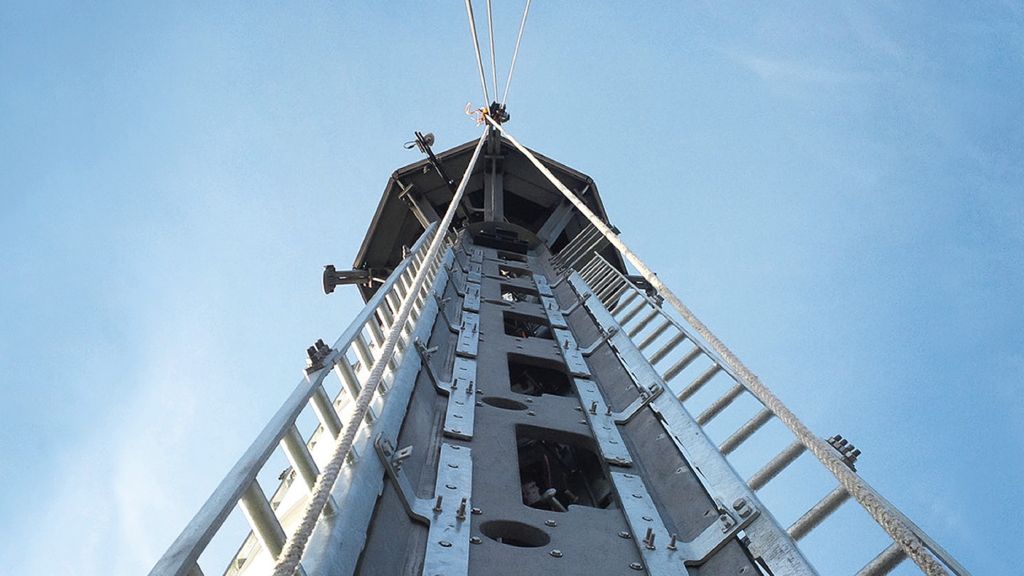Rohde & Schwarz test and measurement solutions safeguard successful installation and maintenance of terrestrial and wired distribution infrastructures for broadcast content and Internet data.
These solutions aim to supply a wide range of subscribers with TV, radio, and internet data over extensive coverage areas, meeting essential reliability, efficiency, and quality requirements. Compliance with regulatory standards during operation is vital to mitigate the risk of any unwarranted interference with other services.
The implementation and adherence to requirements and regulations in the installation, maintenance, and operation of such infrastructures are facilitated by R&S broadcast receivers, which offer effective support to users, enabling them to meet necessary standards seamlessly and with scientific precision.







